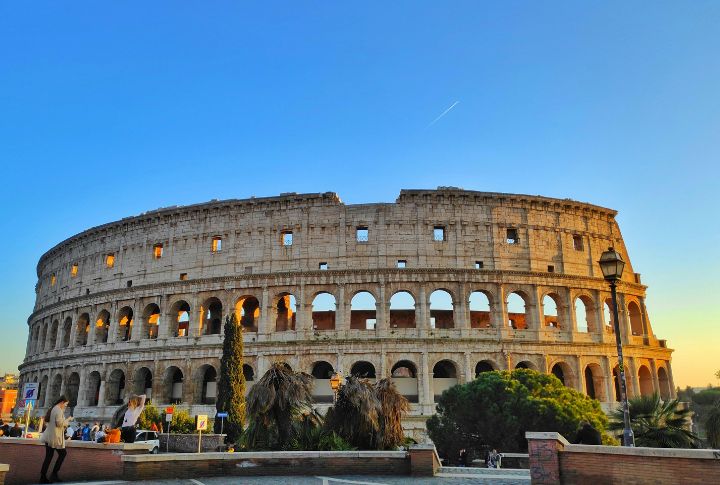
Rome’s ingenuity shaped the ancient world and created marvels that inspire awe even today. Its groundbreaking engineering and unforgettable cultural milestones defined an empire that changed history forever. So, here are ten extraordinary facts that uncover how Roman innovation still impacts modern life, proving its legacy is truly timeless.
Roman Concrete Changed Engineering Forever

Imagine a material so durable it outlasts time. Roman concrete, or “opus caementicium,” achieved this with volcanic ash and seawater. This created chemical reactions that strengthened over centuries. Engineers today still study it, hoping to discover secrets that even modern concrete can’t rival. What a legacy!
Roman Roads Were Global Connectors
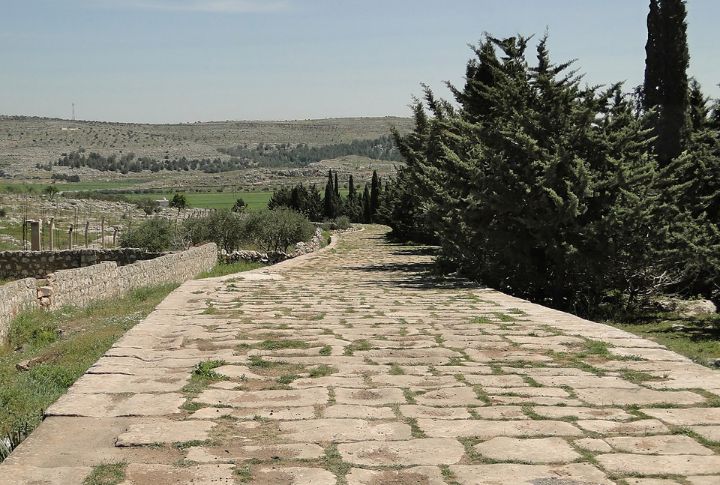
Roman roads, stretching over 250,000 miles, served as lifelines of the empire. Constructed with precision using layers of stone, gravel, and concrete, they facilitated military dominance, economic trade, and cultural exchange. Their reach connected Europe, North Africa, and Asia like the veins of an empire.
Public Baths Were Social Hubs
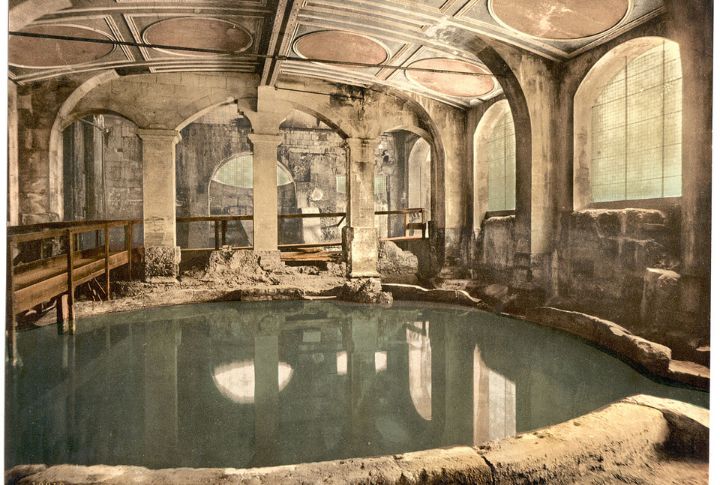
Stepping into a Roman bath wasn’t just about cleanliness—it was a cultural event. Equipped with heated floors and libraries, baths like Caracalla’s could hold 1,600 people at once. These spaces blended relaxation, education, and networking long before modern spas dreamed of it.
Gladiators Were the First Superstars
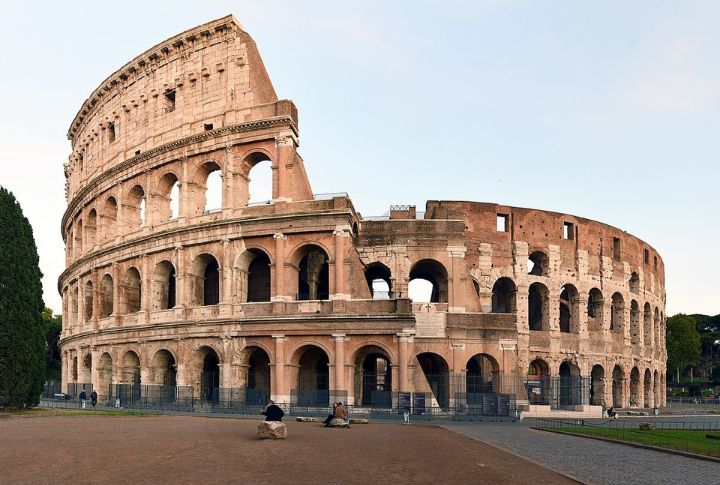
Armed with swords and a dream of survival, gladiators captured Rome’s imagination. The Colosseum roared with 50,000 fans cheering their favorites. While some fought for freedom, others gained wealth and fame, proving even in ancient times, stardom came at a steep price.
Rome’s Aqueducts Brought Water to Millions
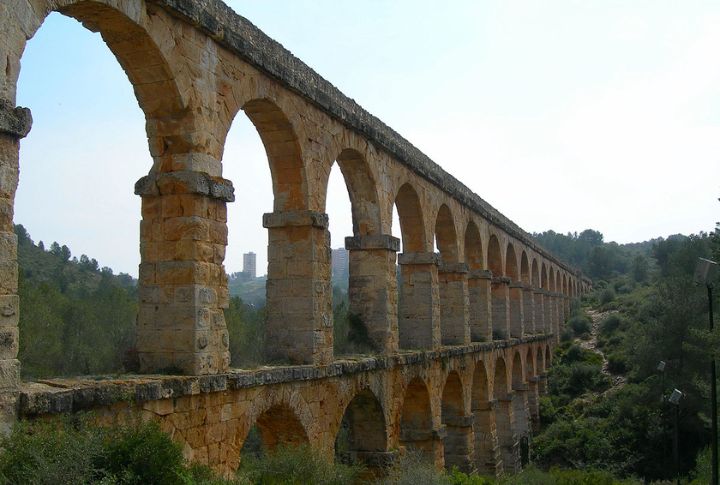
Roman aqueducts were engineering marvels that delivered over 300 million gallons of water daily. With arches stretching for miles, these structures supported fountains and private homes. Their design and efficiency transformed city living, offering a standard of urban convenience unrivaled in the ancient world.
Bound Books Were Born in Rome

Scrolls rolled out of style when Romans introduced the “codex”—the ancestor of modern books. Made of parchment and bound together, codices were portable and practical. They revolutionized knowledge-sharing, and made it easier to record, store, and access texts. Libraries haven’t looked back since!
Rome Was the First Mega-Metropolis
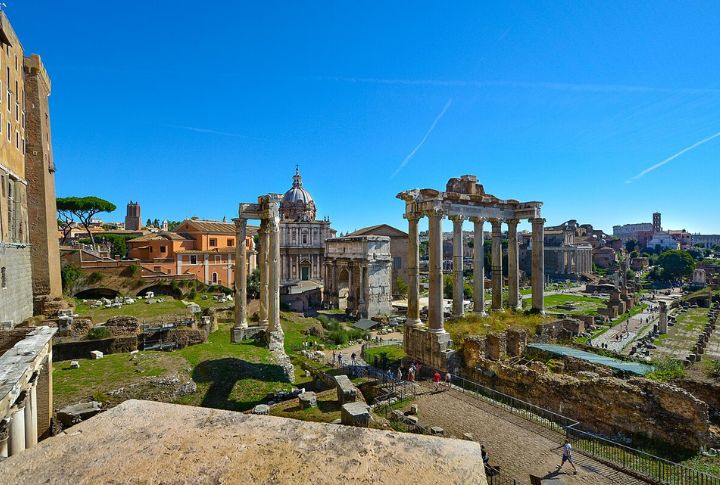
Picture a bustling city of over a million people two millennia ago. Ancient Rome achieved this feat with advanced sewage systems, public amenities, and structured governance. No city matched its size until Industrial London, which proves just how far ahead of its time Rome truly was.
Roman Medicine Was Revolutionary
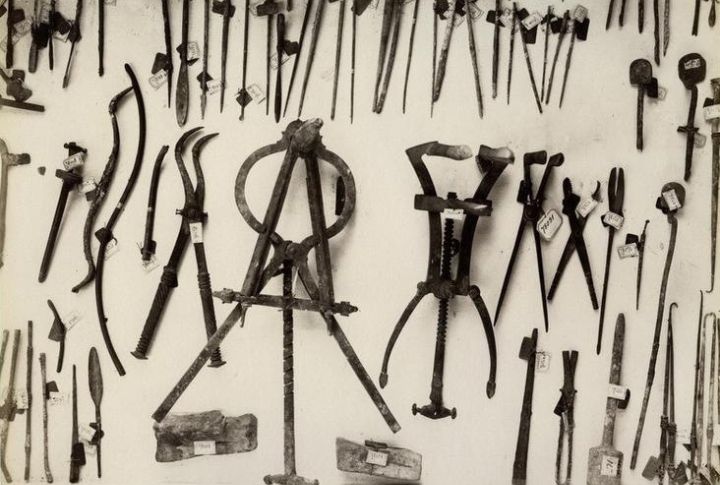
Roman physicians used tools like scalpels and forceps while pioneering antiseptic techniques such as cleaning wounds with wine. Their military hospitals treated soldiers efficiently, and they even performed cataract surgery. These advancements laid a foundation for many medical practices still used today.
Entertainment Was an Empire’s Strategy
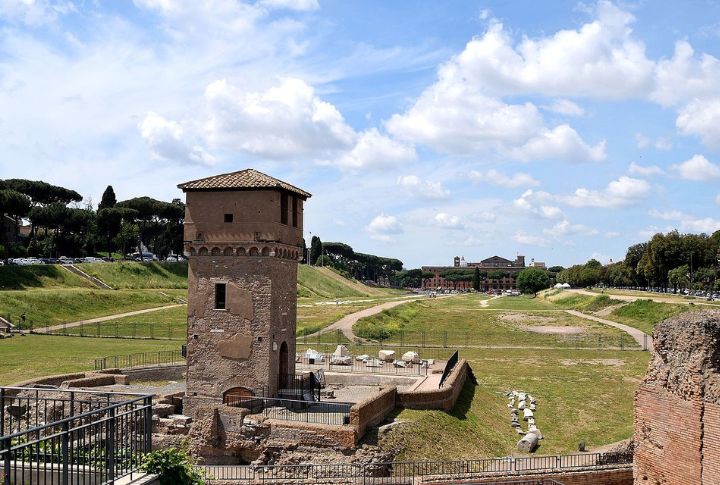
From chariot races and gladiatorial games to theatrical performances, entertainment was central to Roman life. The Circus Maximus hosted over 250,000 spectators, showcasing the grandeur of these public events. As a result, entertainment became a powerful tool for leaders to unify the populace and maintain societal balance.
Rome’s Fall Sparks Endless Debate
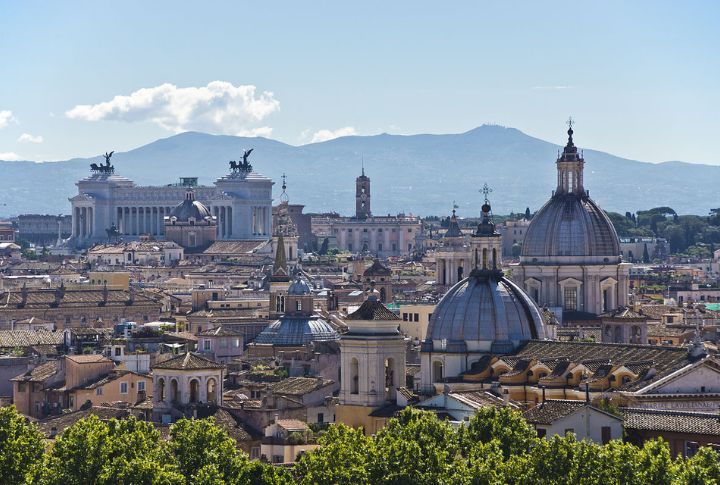
Why did an empire so vast crumble? Historians argue over reasons like political corruption, overexpansion, and economic strain. Some blame lead poisoning or invasions by the Visigoths. No single answer fits, but one thing’s certain—Rome’s fall reshaped history, leaving lessons that still echo.
